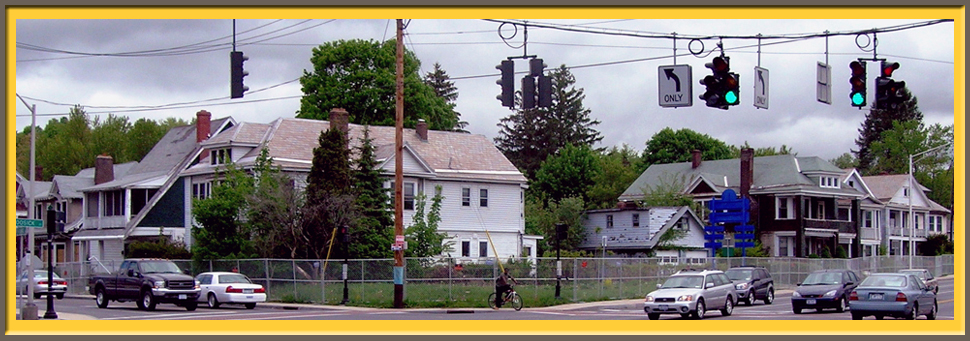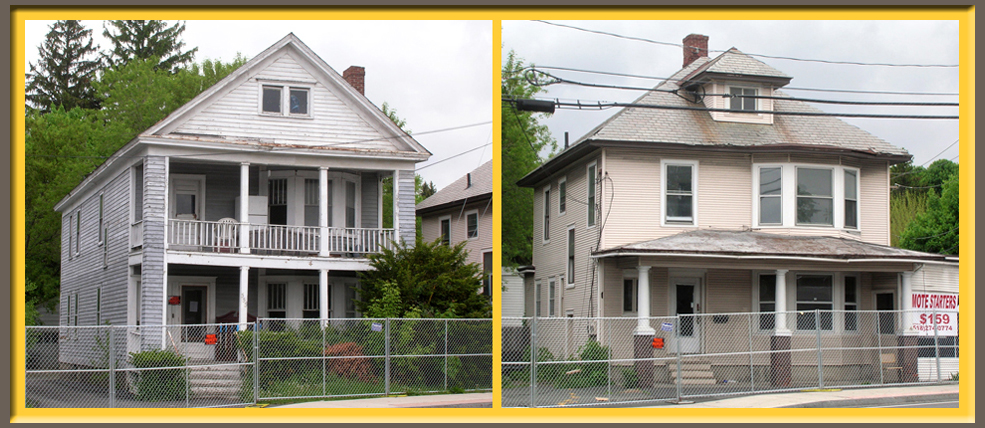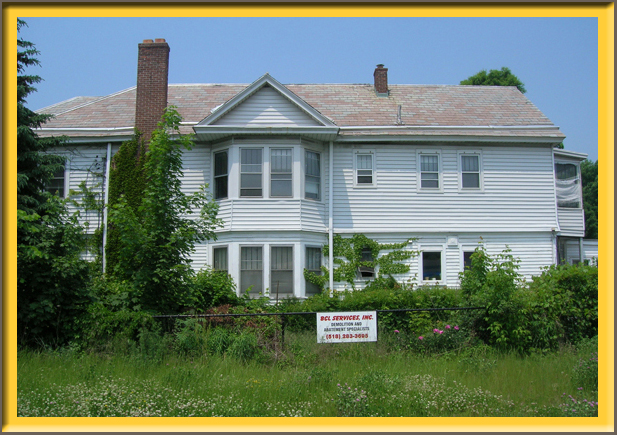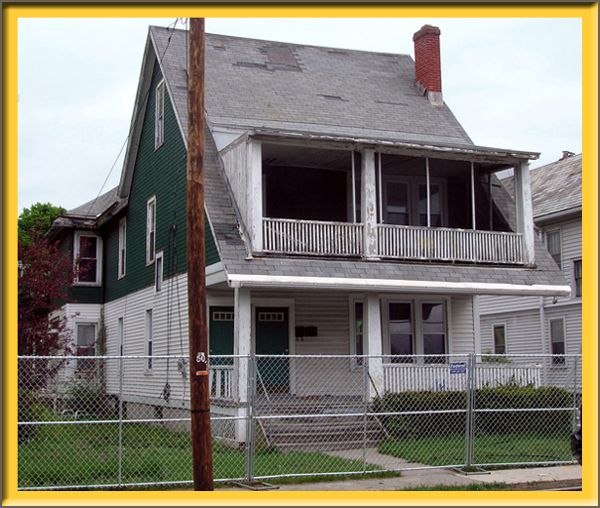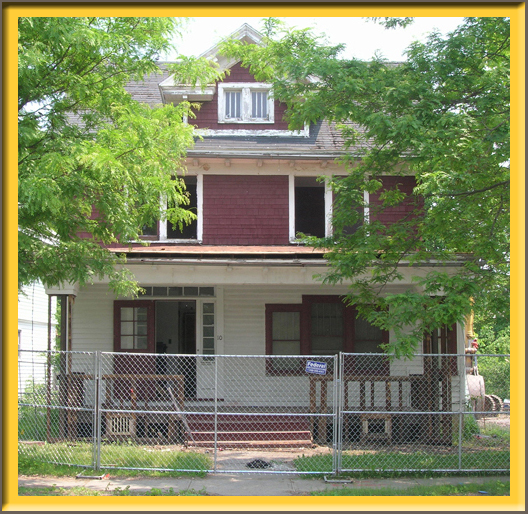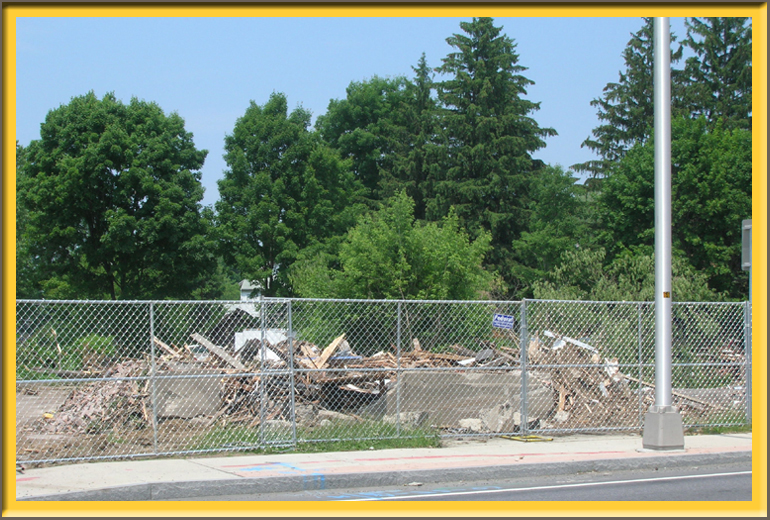Next door at 549 Hoosick (above right), he enumerated 33 year old Gardner Patterson, a dentist and veteran of the Great War, his wife Virginia, and their infant daughter Elizabeth. The Pattersons paid $50.00 rent to Raymond Sibbald, a machinery salesman and veteran, who lived upstairs with his wife Ruth, and her mother, Matilda Lurch. Raymond Sibbald estimated that his shingle-sided building was worth $7,000.
Census Day was clear, but still bore the heavy handprint of March, with temperatures that never rose above 40 degrees. As Reverend Edwards walked west on Hoosick Street , his thoughts may have turned to that morning's paper. In 1930, "American progress" was still measured by aviation "firsts", part high technology and part pure adventure. In the big city papers, an experimental seaplane flight from New York to the Bahamas captured the headlines, a scientist rashly predicted that an experimental medium called television might someday show live sporting events, and British students protested the killing of seabirds by oil discharged from tankers. Although it would only be apparent in hindsight, the news was filled with harbingers of the war to come, from international negotiations about the Japanese fleet to President von Hindenburg's threat to dissolve the Reichstag.
